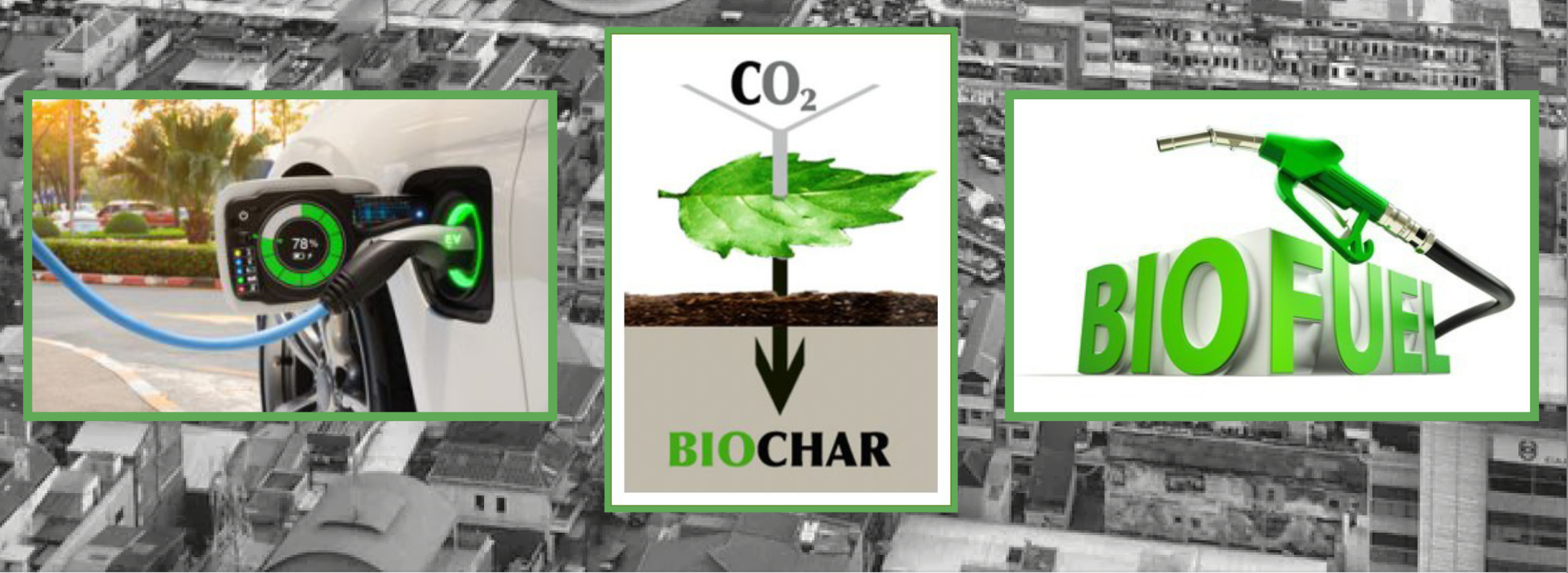
Reducing Carbon Emissions
Climate Change
We now have the collective responsibility to mitigate the catastrophic effects of climate change as a result of 140 years of industrialisation with consumer-driven economies powered by fossil fuels. New technologies are a key part of the solution that includes sequestration, re-engineering production processes, new waste technologies, and providing consumers with options to significantly reduce GHG emissions. Business as usual is no longer an option if today, we accept the challenge and implement viable solutions to achieving the required reduction in GHG emission targets through smarter engineering, more considered personal consumption as well as the adoption of a range of Climate rehabilitation technologies.
Carbon Negative Process and Technology
GEI Mekong’s technical treatment of MSW and agricultural wastes destined for landfills is carbon-negative due to the avoidance of landfilling organic MSW. Methanisation occurs in landfills from 6-18 months after the co-mingled waste has been compacted and placed in the landfill body. Methanisation occurs under anaerobic conditions within the landfill body and is basically the fermentation of the organic waste fraction, which can be as high as 60% in developing countries and produces 90% of the landfill GHG. Methane has 80 times the heating potential of one unit of CO2 which is why carbon abatement credits for the avoidance of methane earn the highest revenue when carbon credits are verified and sold on the voluntary carbon market.
